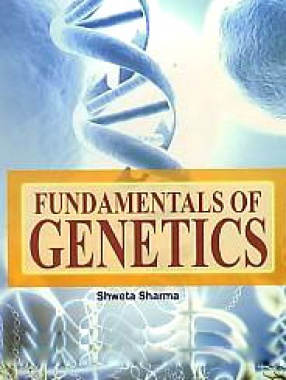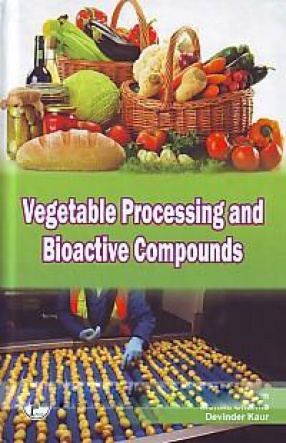The aim of this work is to give the reader quick reference to the regions of diversity of cultivated plants. For important crops, regions of diversity of related wild species are also presented. Wild species are often useful sources of genes to improve the value of crops. Species cultivated primarily as ornamentals and timber crops, and useful lower plant species are not included. Taxa are arranged alphabetically first by family, secondly by genus and thirdly by species within genera. The more common taxonomic synonyms, as well as the better known (English) names are listed. Taxonomy is based primarily on Willis’s dictionary (1966) and the Baily Hortorium, Hortus Third (1976). Somatic chromosome numbers and genome formulae are presented where known. Most of the chromosome numbers are derived from Bolkhovskikh et al. (1969). Where the chromosome number could not be traced, a space has been left open. Chromosome number and genome constitutions may indicate the relationships of a species.
Fundamental of Genetics
$81.00
$90.00





There are no reviews yet.